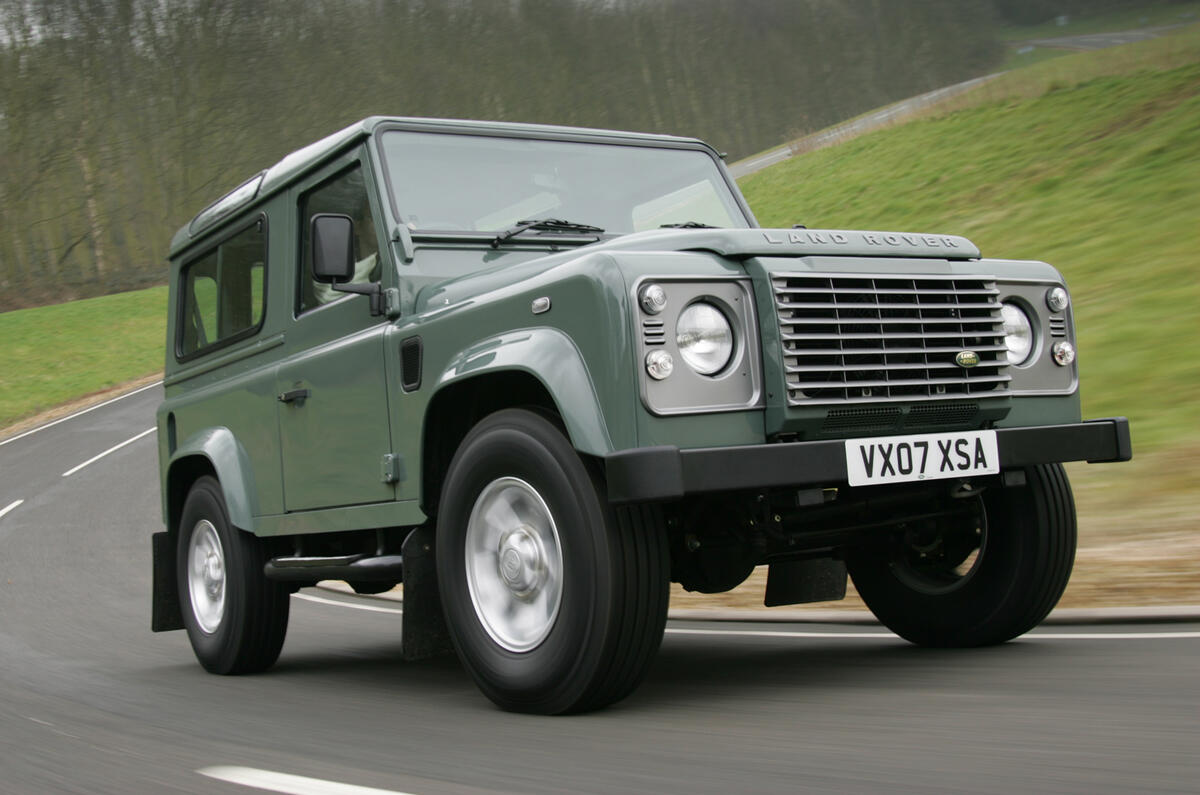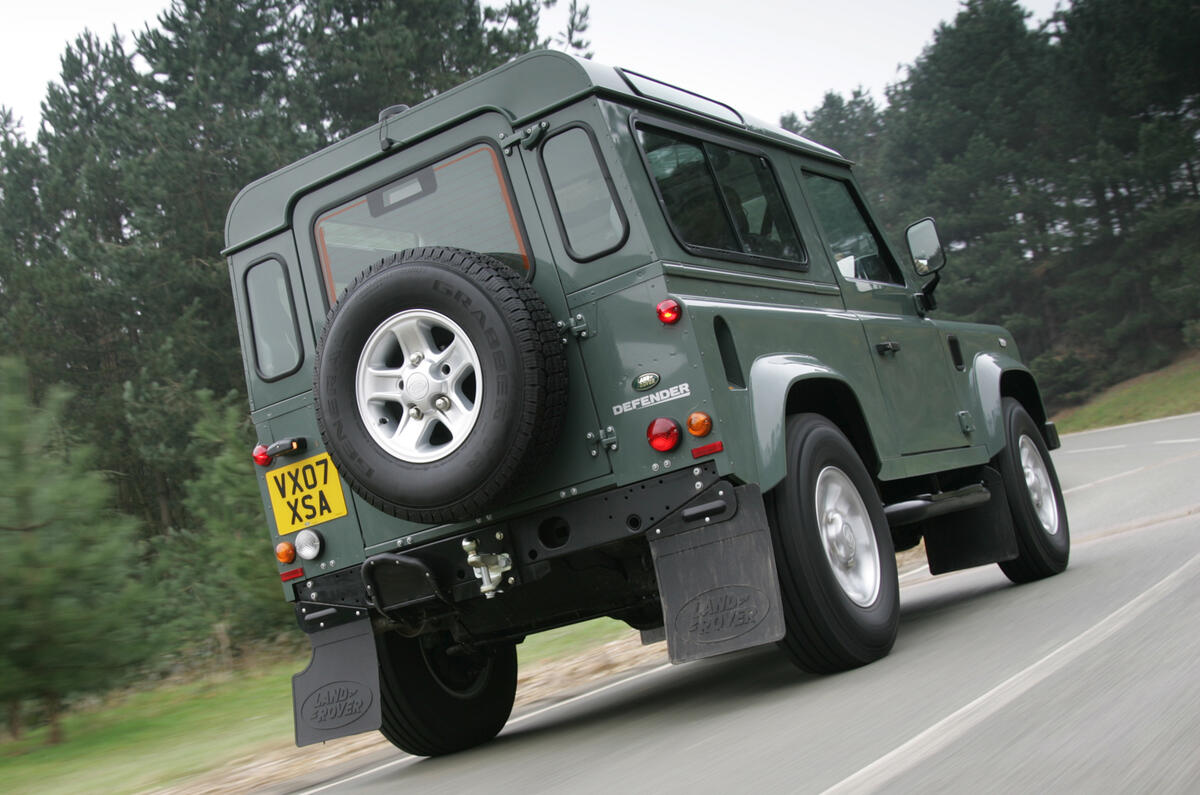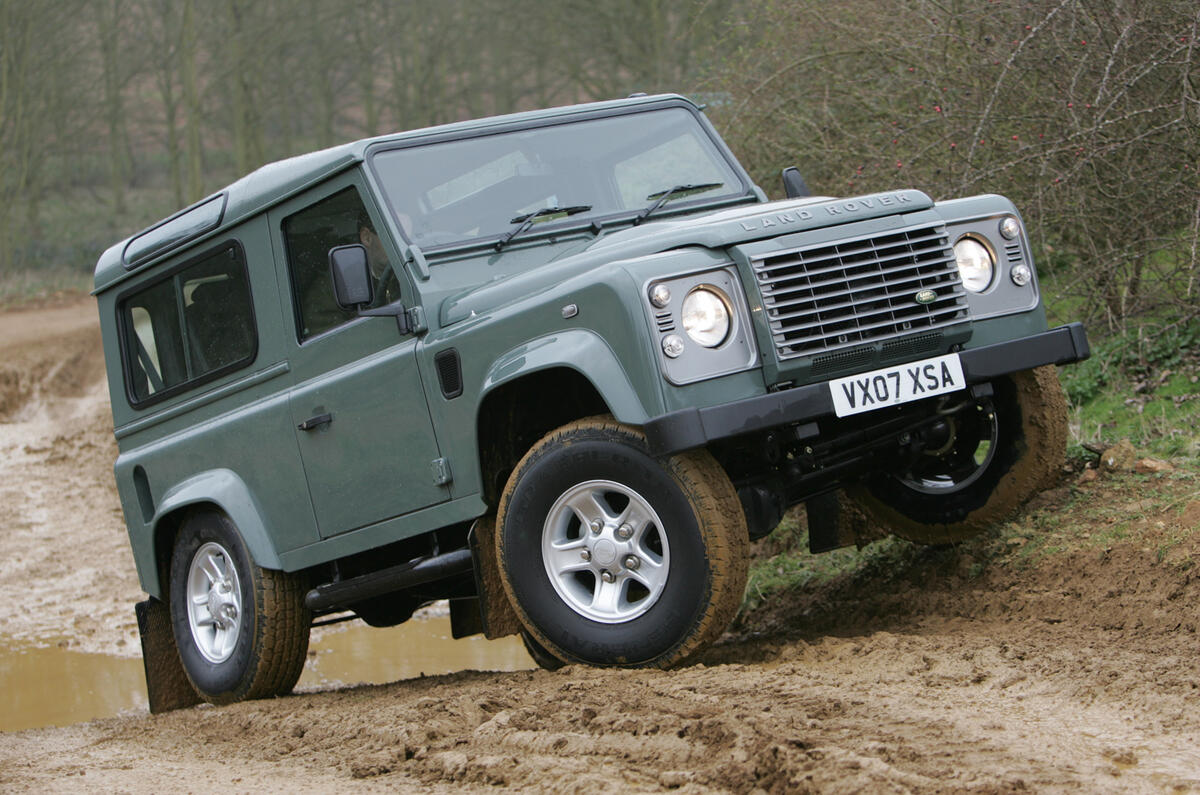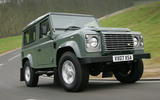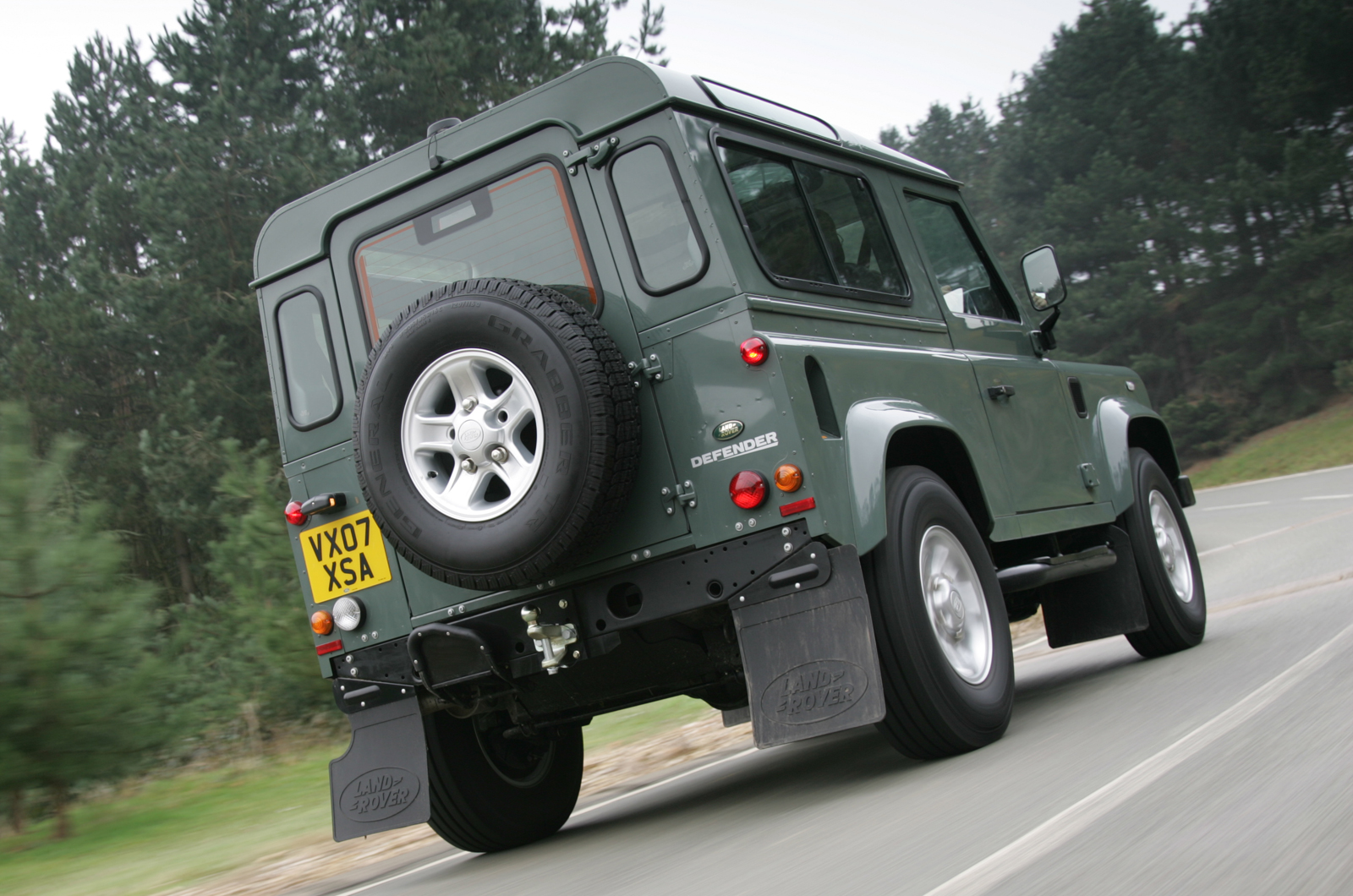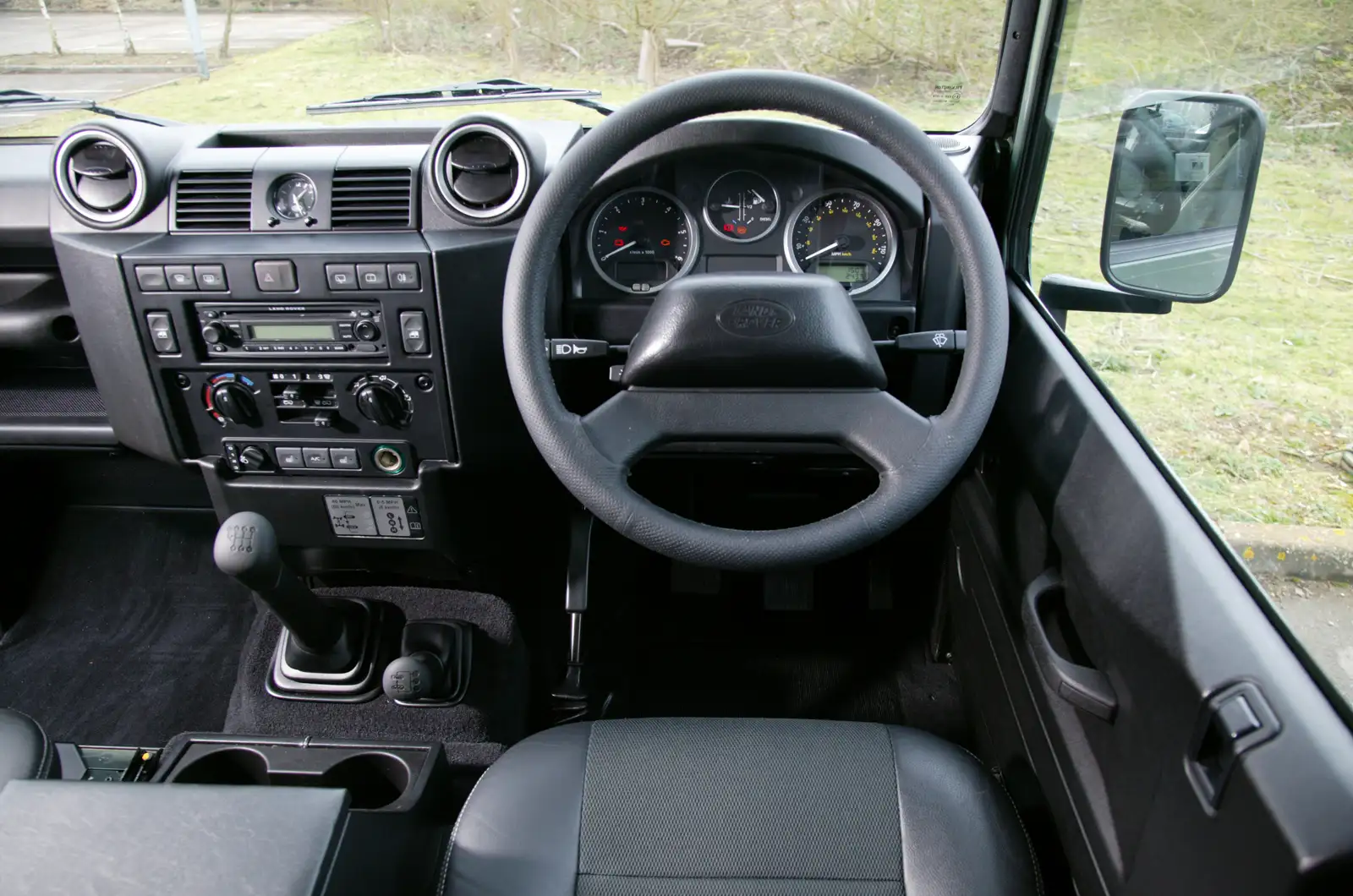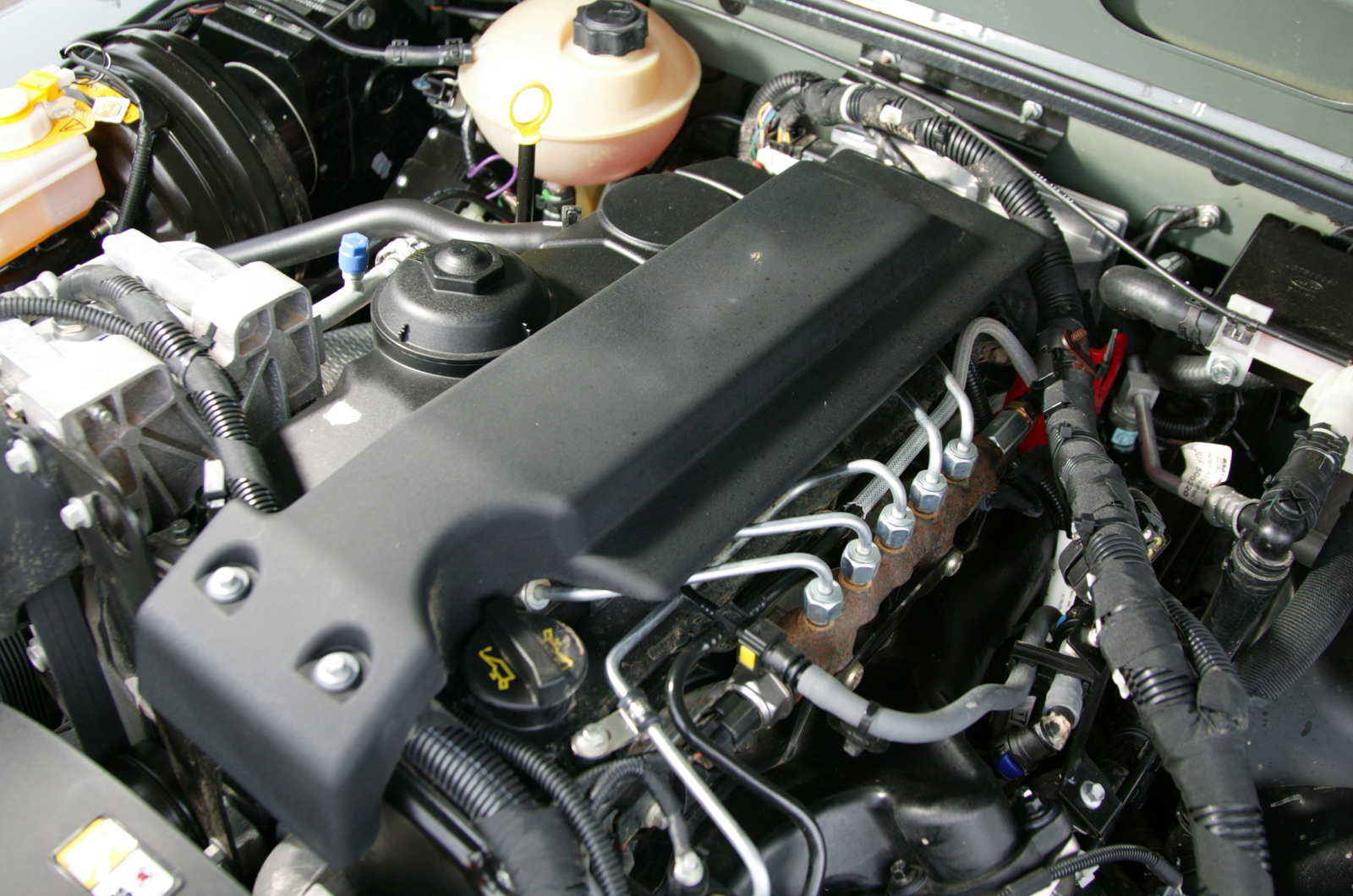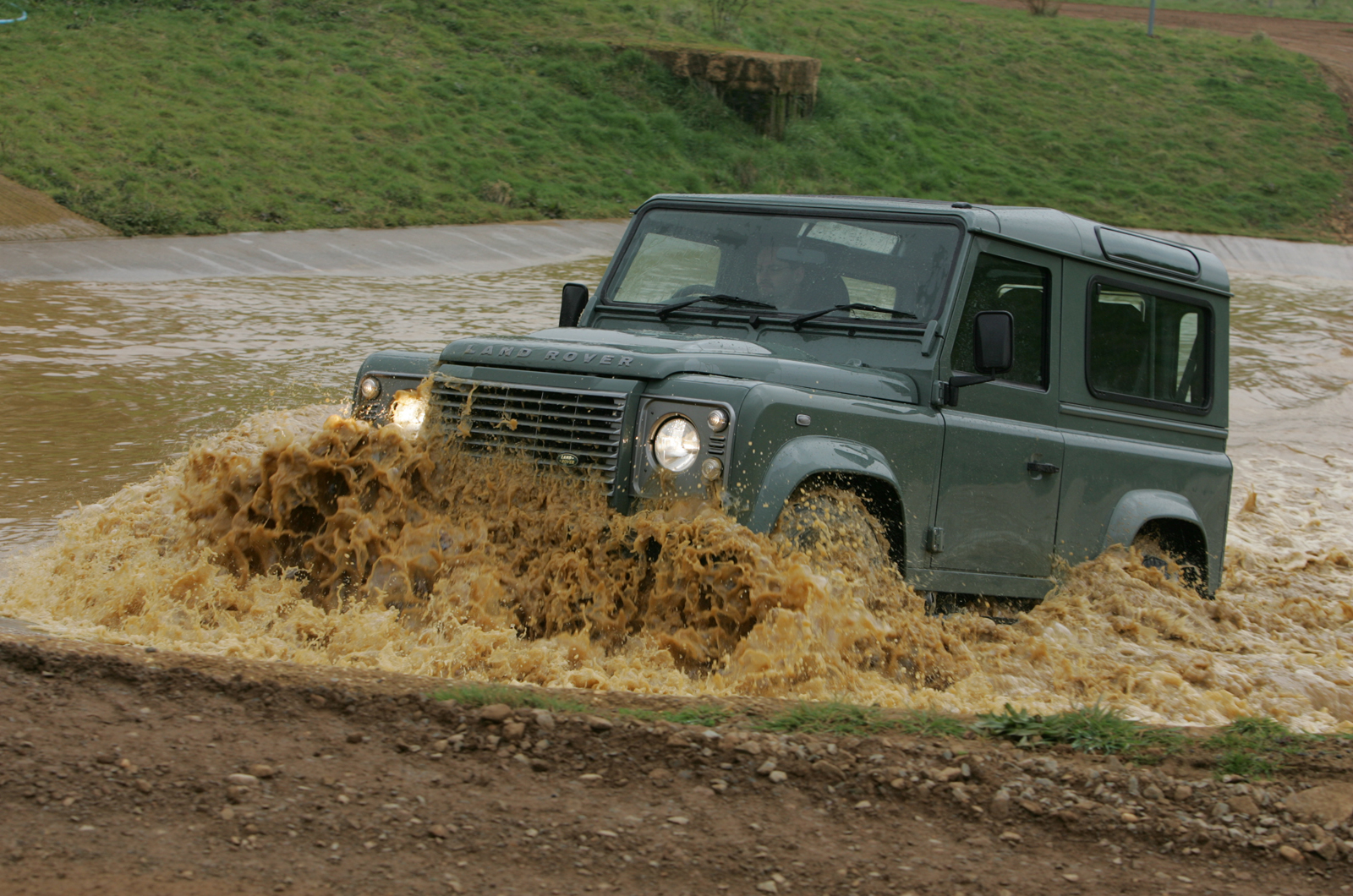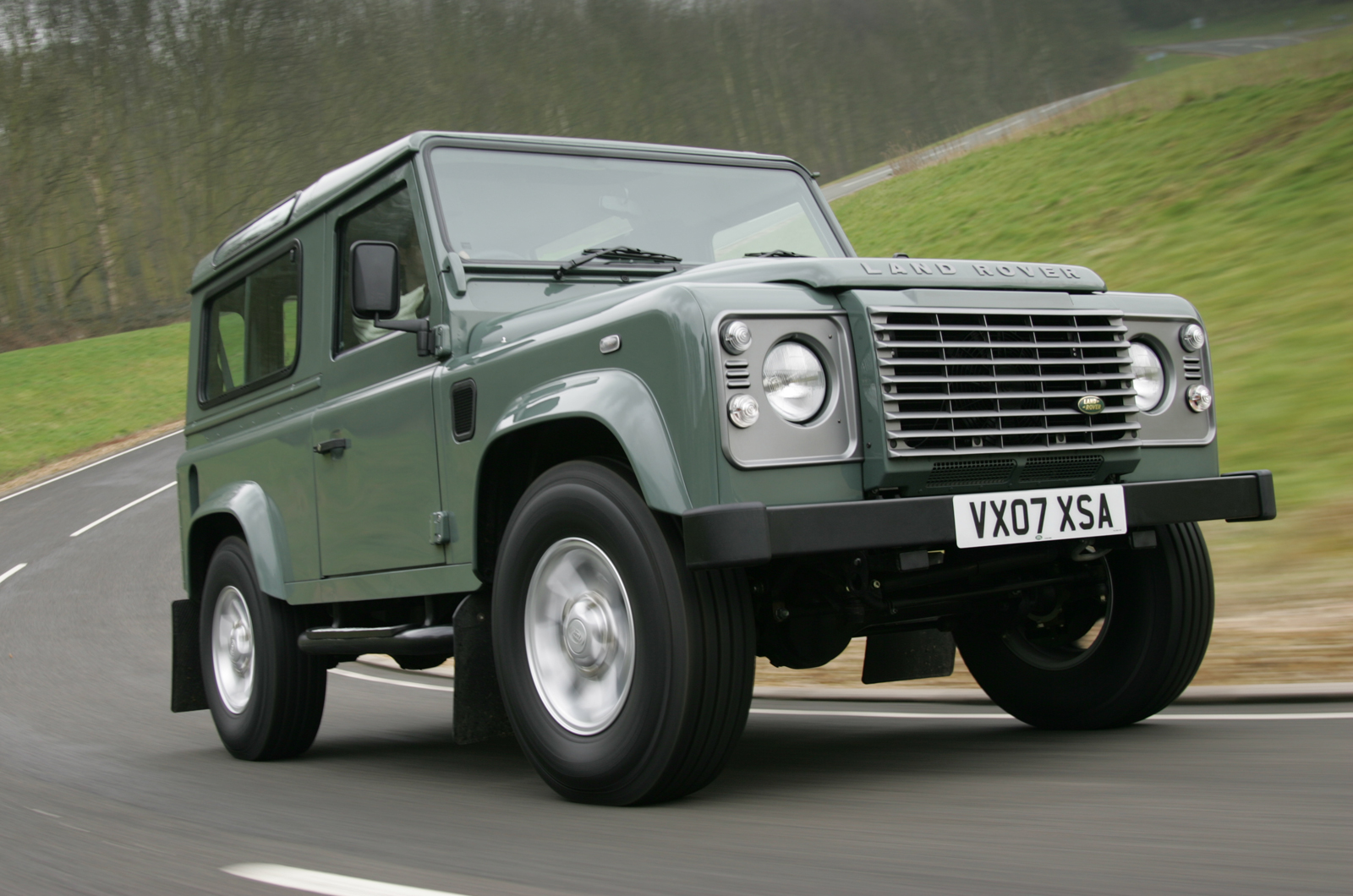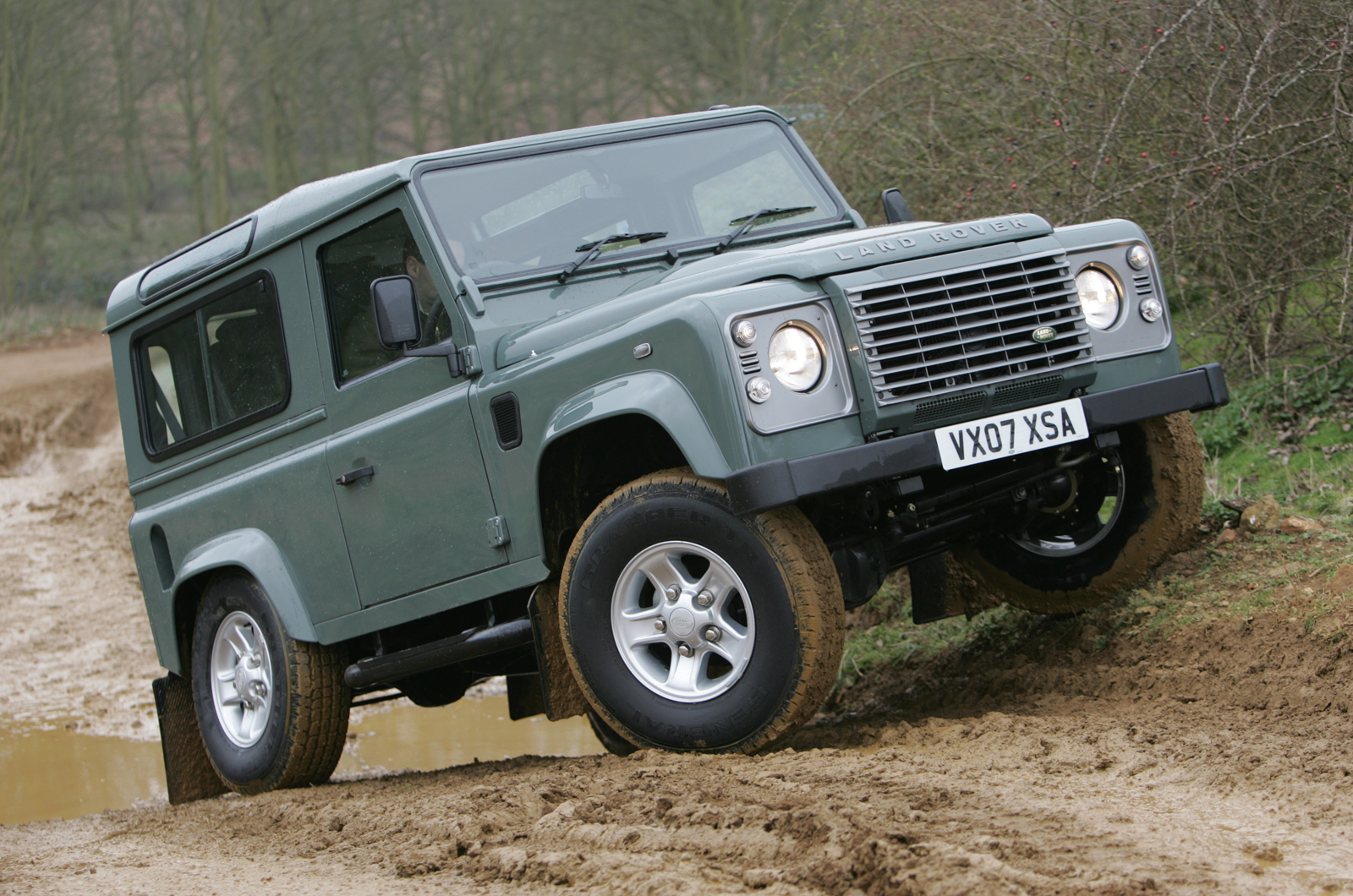How do you update an icon? How do you redefine for a modern audience something conceived generations ago in a very different world? Simple: and you can see how by tuning into BBC1 on Saturday night.
There you’ll find the latest Doctor Who series. Its genius (and the reason it’s one of the Beeb’s most lucrative exports) is that, while its production standards may be modern, its concept and content have hardly changed.
The good Doctor still galaxy-hops in a police box, even though not a single member of its target audience has the slightest idea what a police box is.
It is to be hoped that the engineers of this new Land Rover Defender are avid viewers, for then they will have seen the formula for regeneration laid out before them.
They will know that, whatever changes take place, the fundamental formula has to remain inviolate. Mess up the Land Rover Defender and you don’t just spoil a car – you defile a national treasure. It should not be something done lightly.
But updated the Defender must be, in what is absolutely its last major rethink before it finally succumbs to the one obstacle that even the world’s most famous off-roader can never hope to climb: the legislator’s pen.
Even to make it this far, it needed a new engine to cope with emissions rules, and that meant a new gearbox. And while the engineers where at it, the suspension and steering have been modified. But the biggest change is a near enough new interior – again to ensure compliance with the rule book, but also to bring a level of comfort and user-friendliness not yet seen in one such as this.


